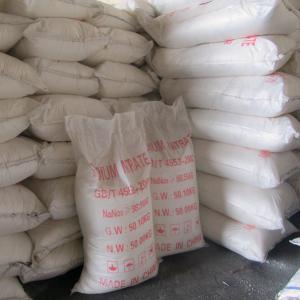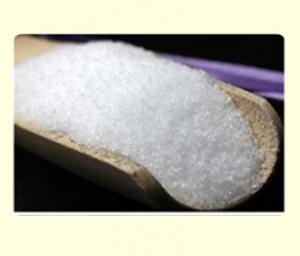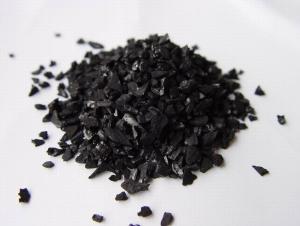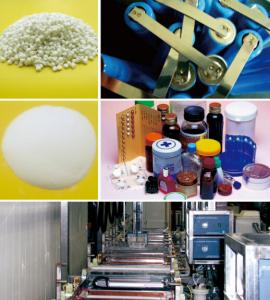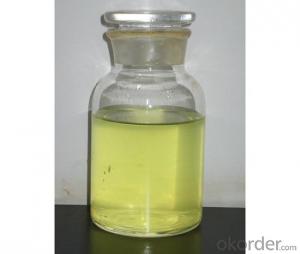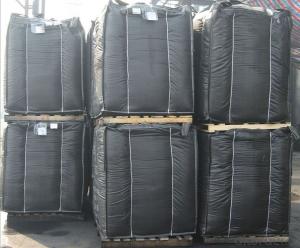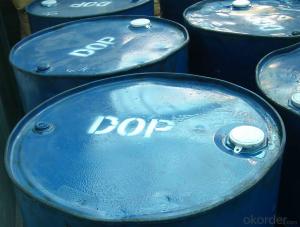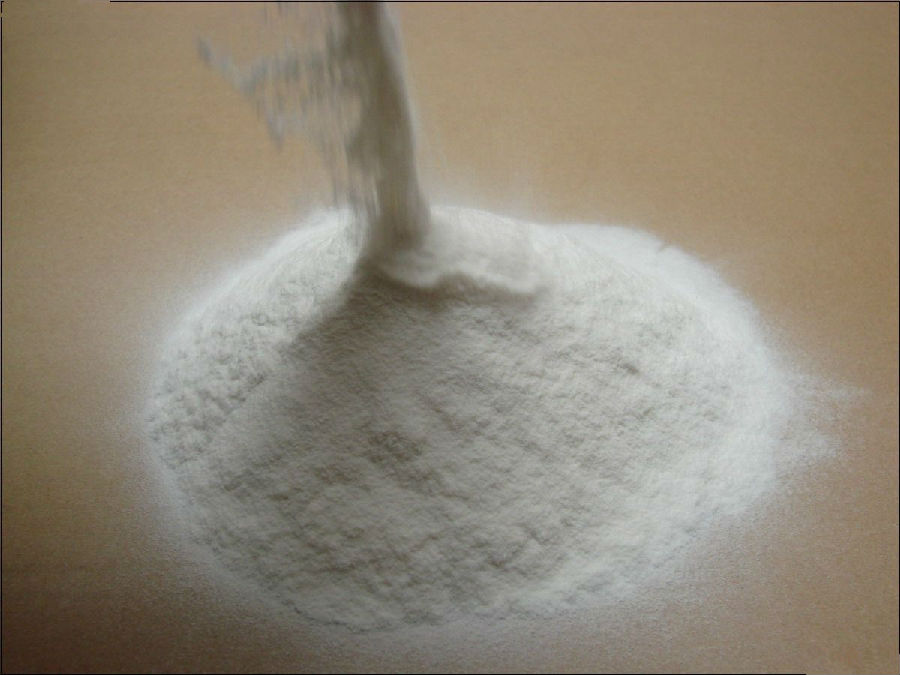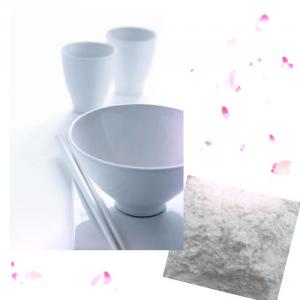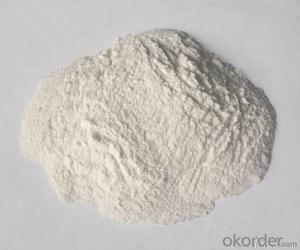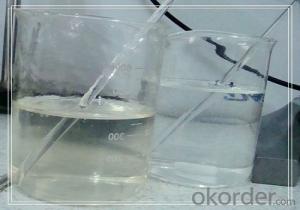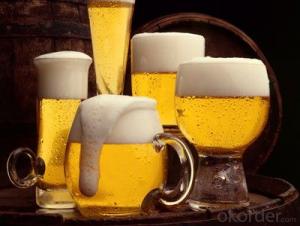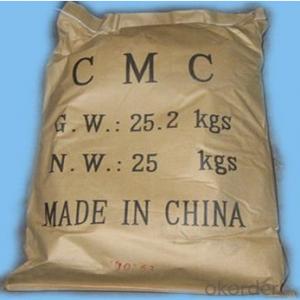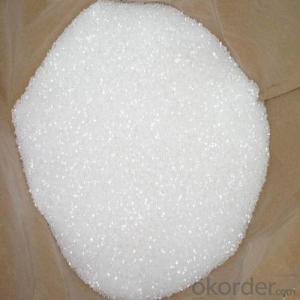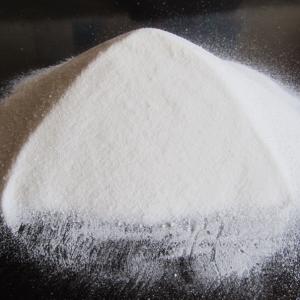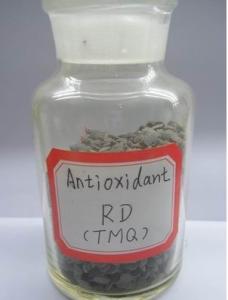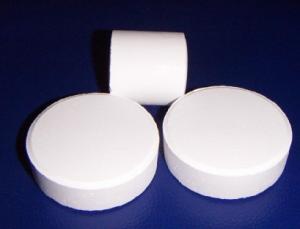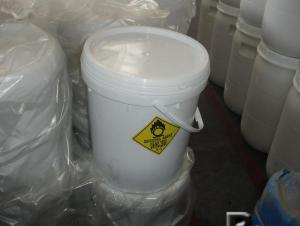Specifications
1)battery grade CMC
2)CMC - HV, CMC - LV
3) free flowing off white powder
battery grade CMC
Billion kong type | Viscosity(25°C,Brookfield viscometer/30rpm) | D.S | PH | Mositure% | Ca% | Mg% | Fe% |
1%,mpas | 2%,mpas |
YGT8 | 300-500 | | 0.80-0.95 | 6.5-8.0 | ≤10 | ≤0.02 | ≤0.02 | ≤0.02 |
YGT9 | 550-1000 | | 0.80-0.95 | 6.5-8.0 | ≤10 |
YGT90 | | 4500-8500 | 0.80-0.95 | 6.5-8.0 | ≤10 |
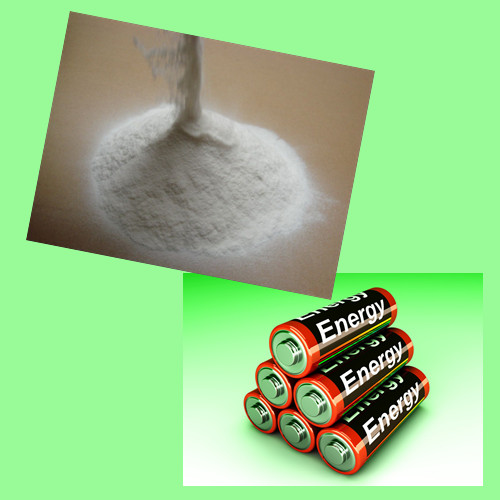
Applocation:
Battery Dedicated CMC has good hydrophilicity and good compatibility ,and it is mixed well with various metal powders
The metal ions the produce is extreme tiny,replacing unfiomly,stable viscosity,strong adhesion force,water solution with high transparency ,and good flow performance
It can increase the coltage platform of the battery,reduce the internal resistance of the battery,reduce the internal pressure if the battery,improve the high-current performance of the battery.
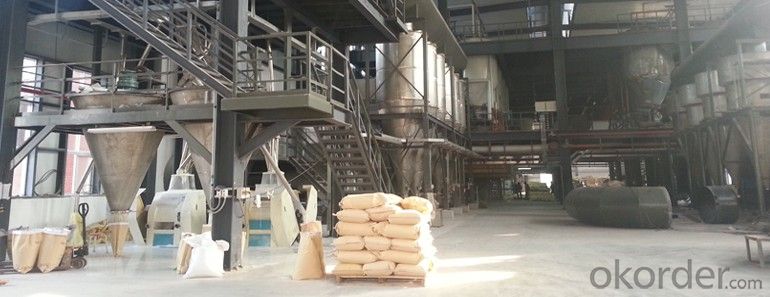
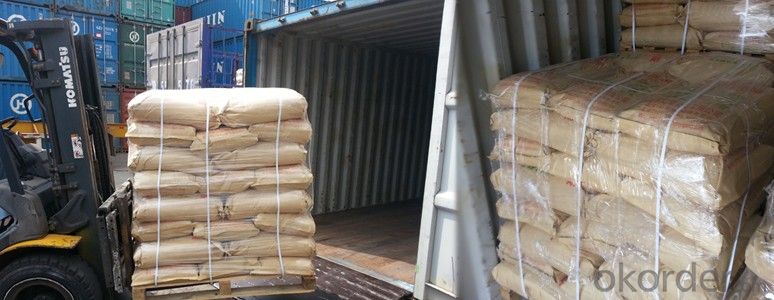
Package and Storage:
1. The solid product can be packed in inner plastic bags, and further in polypropylene woven bags with each bag containing 25Kg.
2. The solid product should be prevented from scattering on the ground because the hygroscopic powder can cause slipperiness.




